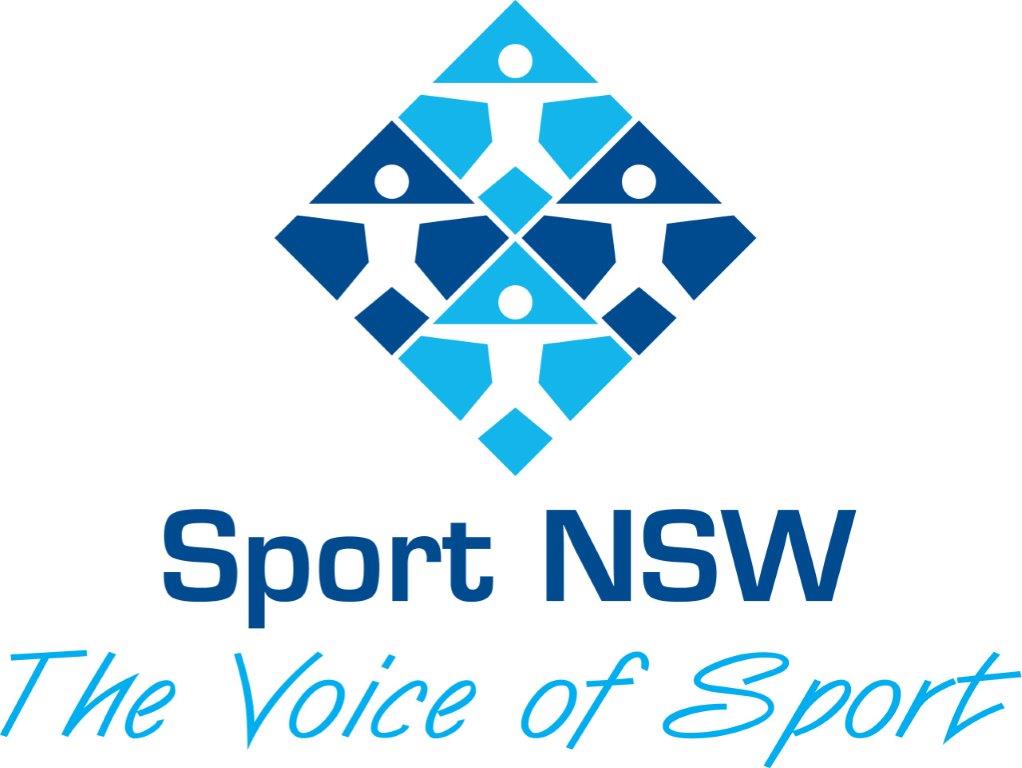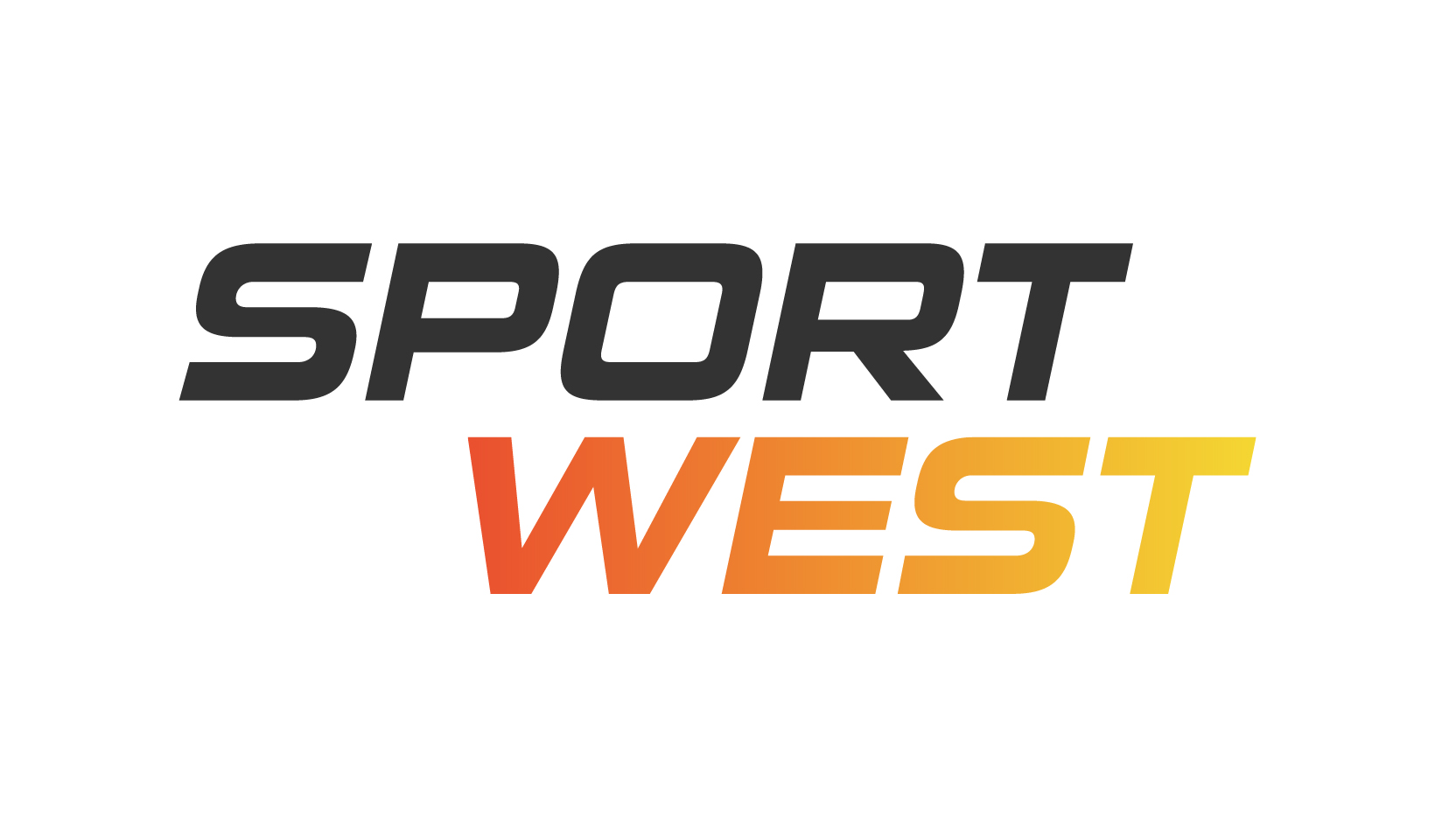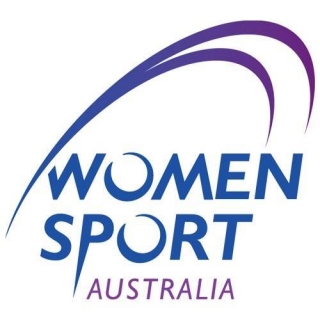Members of the Sportspeople Recruitment team are fortunate to be regular invitees to speak at conferences, seminars and career workshops. One of the common questions, particularly when speaking with an undergraduate group, is our take on the where the jobs will be in the future. That’s a bit of an open ended question so it always allows us to be, well, creative in our response.
What I can say is back in 1998 I decided to take a risk and launch a Job Board when really there were very few Job Boards in existence. At the time SEEK had just been launched by the Bassett brothers into the Australian market, newspapers still carried all the positions vacant advertisements and the web was still so young that we always referred to it as the ‘world wide web’.
Fast forward 17 years and the existence of print newspapers is in peril, not only due to shrinking revenue from jobs, real estate and other classified advertising, but also the availability of 24/7 online news and social media. SEEK has a market capitalisation of $4.4 billion and for our part, the Sportspeople Jobs Board has played a major and significant role in bringing job seekers and employers together every day since. In fact last year 2.1million people visited the Sportspeople Jobs Market and over the past 12 months we have achieved record results in terms of visits, sales, revenue, number of jobs and number of jobs filled.
So, what does the next 20 years look like for jobs in our sector? According to eminent futurist Dr Peter Ellyard 70% of the job categories, and products and services of the year 2025 have yet to be invented. To put some context around this, remember the Internet has had a revolutionary impact on culture and commerce since the mid-1990’s, Facebook only launched in 2004 and Apple’s App Store opened in 2008. I mention these web based services as they will continue to influence many, many things in our daily life moving forward.
One of the big opportunities in our sector has to involve the aging population. The number of people aged 65 and over has increased from 11.6 per cent of the population (or 2.1 million people) in 1993 to 14.4 per cent (or 3.3 million people) in 2013. We are living longer and retiring later, if we can afford to retire at all. ‘Leaders’ will be older workers coming back into the workplace to provide advice to co-workers on how to do things better, more efficiently and smarter. These Leaders will of course, have lifetime experiences to pass onto to businesses and will be seen in all sectors. Think Sport Governance Leader; Finance Leader; Marketing Leader and so on.
This aging population will also be consumers of programs that help them maintain an active, healthy lifestyle. There will be greater opportunities within sport for Masters programs that cater for both competition and participation. For the fitness & aquatic sectors the same will apply.
The reputation of every organisation is increasingly vulnerable, with a plethora of social media able to damage or influence the brand’s worth. A Brand Manager in 2025 might be in charge of not only how a business is perceived but also monitoring, managing and ultimately influencing the brand externally, including ‘spinning’ social media.
According to the latest figures from the Organisation for Economic Co-operation, Australia has jumped from fifth to fourth fattest nation with 28.3 per cent of the adult population obese. Federal & State Governments will continue the realignment of sport funding, slowly away from elite, high performance with a greater emphasis on participation. Opportunities will arise in this participation space as will health promotion roles and general wellbeing, including in-house programs as part of the employee benefits packages offered by employers.
One of the great shifts in sport participation and physical activity has been under way now for the past 20 years. Recent ABS data has shown a migration away from those highly ‘organised’ sports toward those that offer greater flexibility in participation and more informal. Walking for exercise, fitness, cycling, jogging & swimming are the top 5 for men & women (combined) with tennis, soccer, cricket & basketball the top ‘organised’ sports.
To continue to function in 2025 National & State Sporting Organisations will need to reshape what they do, the ways they do it and in particular, their perception of membership. Maybe there will be decreases in federal & state funding for high performance and a greater emphasis on participation programs. Organised Sport could face a double whammy through decreasing membership as people seek less structured physical activity.
All of these things problems will create opportunities. From opportunities come solutions. People are good at finding solutions and that’s why, despite all the change ahead, there will always be jobs in our sector.
In truth, if you really want to know what jobs there will be in 2025, you’ll have to ask me in 2026!
RM – Sportspeople Recruitment
First Published 2015.





